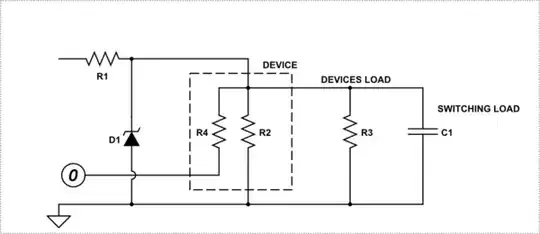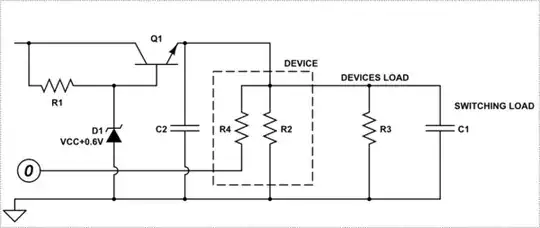I have a few doubts regarding the driver LM5113 (and IC's in general at this point). As can be seen in the schematic below, VDD is provided with 5.1V via the Zener Diode.
I was told (with no further information) that, the chosen resistor (R50 = 787 Ohms) value is too high, and the LM5113 would "not receive enough current". The Zener diode requires 5mA Iz in order to provide a stable 5.1V drop (as outlined in the datasheet of the Zener), thus 787Ohms was chosen.
I was of the idea that as long as the optimal input voltage was provided, then the IC would draw the required current according to its load and internal impedance.
Therefore, considering the LM5113 can source 1.2A and sink 5A, can someone enlighten me with the relationship between the input voltage, current drawn and the parameter in the datasheet (page 5) "I_DDO (V_DD operating current)".
LM5113 100 V 1.2-A / 5-A, Half-Bridge Gate Driver for Enhancement Mode GaN FETs


